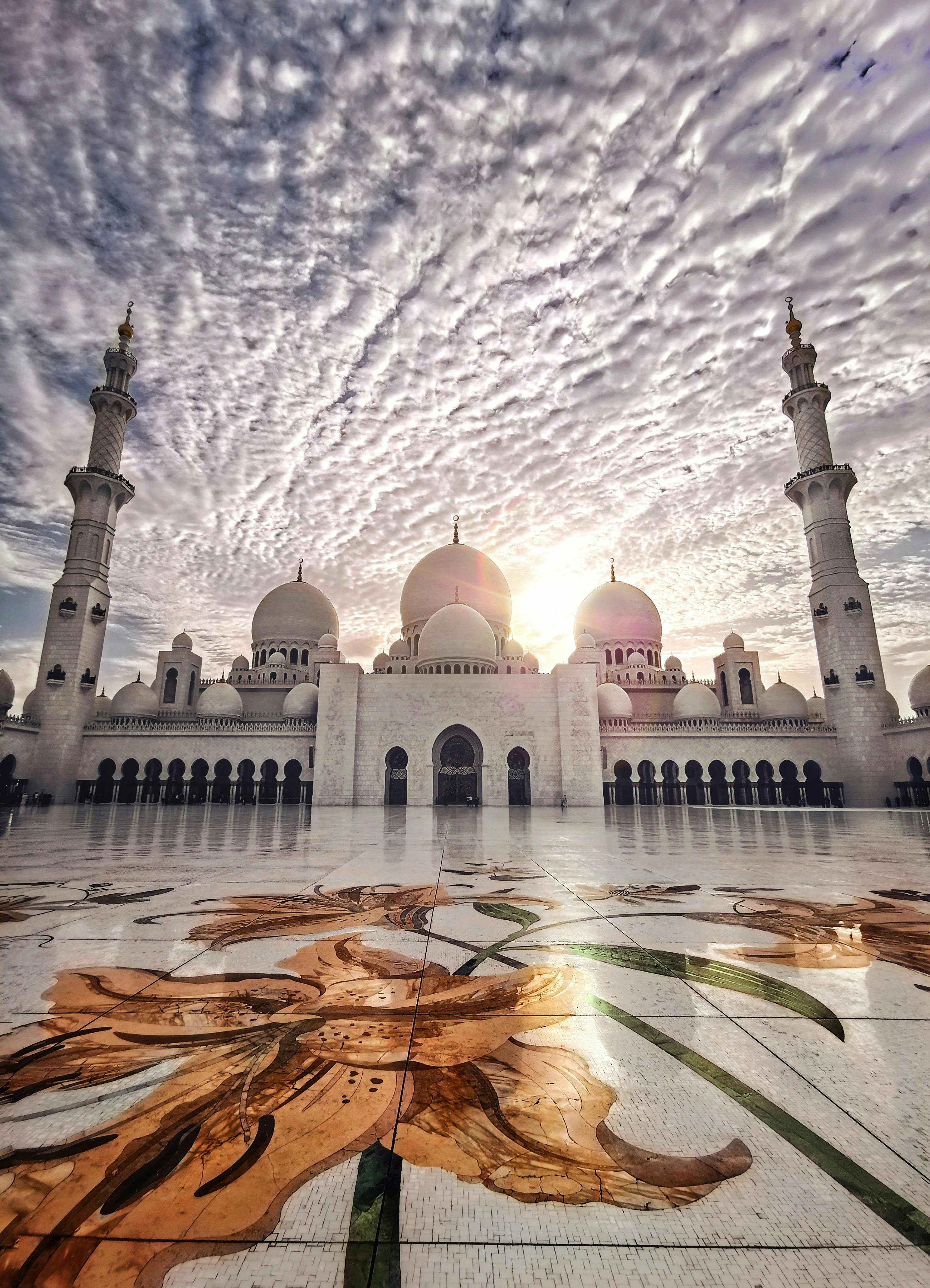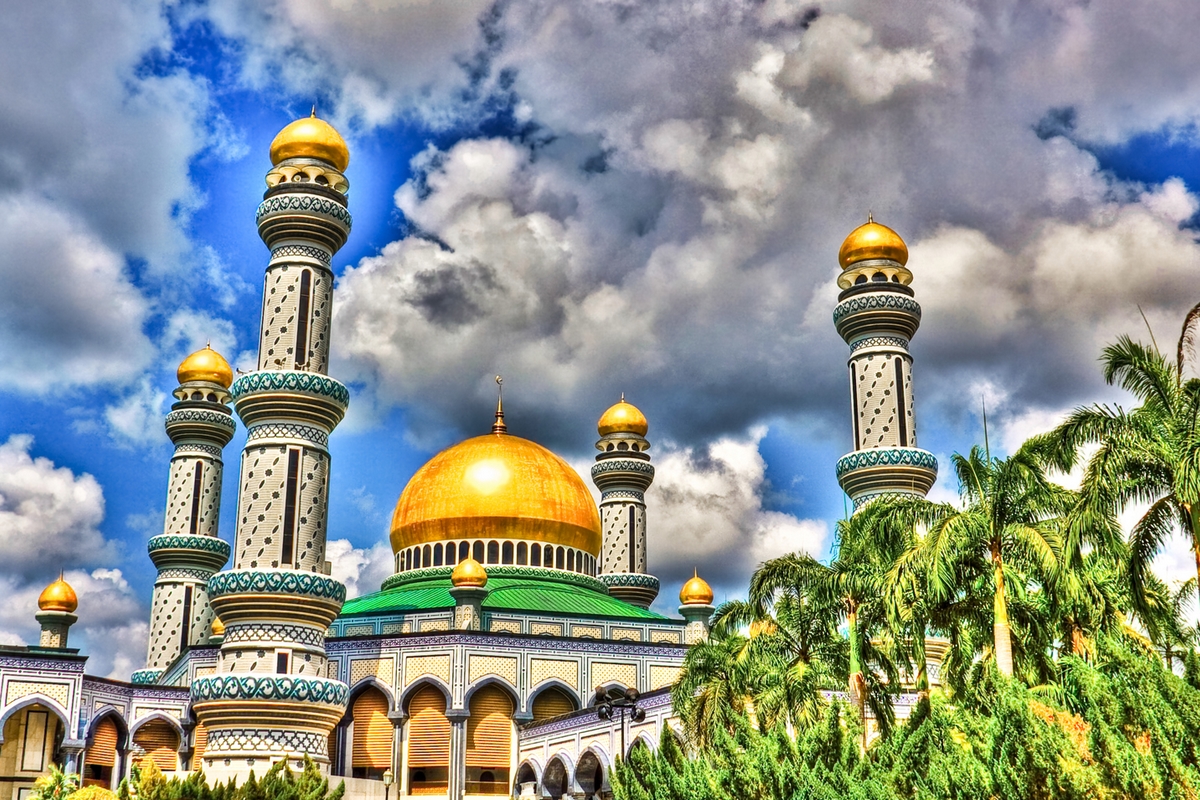Iran's 1979 Islamic Revolution: A Global Earthquake
Table of Contents
- The Shah's Reign and Mounting Discontent
- Key Moments Leading to the Overthrow
- Ayatollah Khomeini's Triumphant Return
- The Birth of the Islamic Republic
- Global Versus Internal Perceptions
- The Aftermath and New Challenges
- Women's Rights Post-Revolution
- Enduring Legacy and Geopolitical Shifts
- Conclusion
The Shah's Reign and Mounting Discontent
Prior to the 1979 Iranian Revolution, Iran was governed by Shah Mohammad Reza Pahlavi, who had ascended to the throne in 1941. His reign was characterized by ambitious modernization programs, often referred to as the "White Revolution," aimed at rapidly transforming Iran into a Westernized, industrialized nation. These reforms included land redistribution, the enfranchisement of women, and the establishment of a literacy corps. While some aspects of these reforms were progressive, they were largely implemented from the top down, without genuine popular participation, and often at the expense of traditional Iranian values and religious institutions.Seeds of Revolution: Socio-Political Tensions
The Shah's autocratic rule, coupled with his close ties to Western powers, particularly the United States, generated significant resentment among various segments of Iranian society. His secret police, SAVAK, was notorious for suppressing dissent, leading to widespread human rights abuses. The rapid Westernization also alienated the powerful Shi'ite clergy, who saw it as an assault on Islamic identity and traditional societal norms. Economically, despite the oil boom, wealth was unevenly distributed, leading to growing disparities between the urban elite and the rural poor, as well as a burgeoning middle class that felt increasingly stifled by the lack of political freedoms. Several disparate groups with unique ideologies existed, but they were able to unify and mobilize against the state. As noted by Milani in "The Making of Iran’s Islamic Revolution," "in the case of Iran, the hatred born [of] Mohammad Reza Pahlavi was such a unifying theme." This shared animosity allowed an unlikely coalition of secular nationalists, leftists, and religious conservatives to coalesce, each with their own vision for a post-Shah Iran, but united in their opposition to the Pahlavi regime. The Islamic Revolution of 1979 was not a sudden explosion but the culmination of decades of simmering discontent.Key Moments Leading to the Overthrow
The path to the 1979 Islamic Revolution was paved with escalating protests, clashes, and a gradual erosion of the Shah's authority. The initial sparks of widespread unrest began in early 1978, setting in motion a chain of events that would ultimately lead to the monarchy's collapse.The Qom Riots and Escalating Unrest
One of the critical turning points occurred on January 7, 1978, when religious riots broke out in the holy city of Qom. These protests were sparked by a defamatory article published in a government-controlled newspaper, attacking Ayatollah Ruhollah Khomeini, who was then in exile. The Shah's forces responded with brutal force, killing several students and demonstrators. This crackdown, far from quelling the unrest, ignited a cycle of mourning ceremonies (chehelom), held 40 days after the deaths, which traditionally serve as occasions for political protest in Shi'ite Islam. Each crackdown led to more deaths, more mourning ceremonies, and thus, more widespread protests across the country. As the year progressed, strikes by oil workers and other key industries crippled the economy and further weakened the Shah's government. Millions of Iranians took to the streets, demanding an end to royal rule and calling for the return of Ayatollah Khomeini. The army, once a pillar of the Shah's power, began to show signs of wavering loyalty. Shapour Bakhtiar, appointed as the new prime minister by the Shah in a last-ditch effort to control the situation, found himself unable to manage the escalating crisis, even with the help of supreme army councils. The situation in the country was spiraling out of control.Ayatollah Khomeini's Triumphant Return
The climax of the revolution came swiftly in early 1979. In January 1979, the Shah, facing an insurmountable wave of popular opposition and in need of cancer treatment, left Iran. His departure on January 16, 1979, effectively signaled the end of the Pahlavi dynasty's rule, though the monarchy was not officially abolished until weeks later. With the Shah gone and Bakhtiar's government losing all credibility, the stage was set for the return of Ayatollah Khomeini. After years in exile, first in Iraq and then in France, Khomeini triumphantly returned to Iran on February 1, 1979. His arrival was met by millions of ecstatic Iranians, who poured into the streets of Tehran to welcome their spiritual leader. This momentous event, often referred to as "Ten Days of Dawn" (Fajr-e 10), galvanized the revolutionary forces. Ten days later, Bakhtiar went into hiding, eventually finding exile in Paris. On February 11, 1979, the ruling Iranian monarch, Shah Mohammad Reza Pahlavi, was officially overthrown while overseas. This was the definitive beginning of the Iranian Revolution, transforming Iran from an absolute monarchy to a new political entity.The Birth of the Islamic Republic
With the Shah overthrown and Khomeini firmly in control, the immediate task was to establish a new political system. The vision for this new Iran was clear: an Islamic Republic.Referendum and Constitutional Shift
A crucial step in this transformation was a nationwide referendum held in April of 1979. Iranians voted overwhelmingly to establish an Islamic Republic, signaling a clear mandate for a religiously-governed state. This was not merely a change in leadership but a fundamental reordering of the state's very foundation. On April 1, Khomeini officially declared Iran an Islamic Republic, marking a historic turning point. Following the referendum, a new constitution was adopted in December 1979. This constitution solidified the theocratic nature of the new state, establishing the concept of *Velayat-e Faqih* (Guardianship of the Islamic Jurist), which vested ultimate authority in a Supreme Leader. Ayatollah Khomeini became the first Supreme Leader of the Republic of Iran, a position he would hold until his death in 1989. This new political structure, centered on religious authority, marked a radical departure from the secular monarchy it replaced.Global Versus Internal Perceptions
The Iranian Revolution shook the world in 1979, with currents that continue to be felt today. From an external perspective, particularly in the West, the revolution was largely seen as an unexpected and alarming development. It defied conventional wisdom about revolutions, as it was not primarily caused by economic factors, but rather by a powerful religious and cultural movement. The sudden emergence of a theocratic state in a strategically vital region caught many international observers off guard, leading to widespread apprehension about its implications for regional stability and global energy markets. Internally, however, the perception was vastly different. For millions of Iranians, the revolution was a liberation from an oppressive, Western-backed monarchy. It was seen as a reassertion of national sovereignty and Islamic identity, a rejection of foreign influence and cultural degradation. The fervor and unity demonstrated by the populace in overthrowing the Shah were a testament to the deep-seated grievances and aspirations for self-determination. The revolution was, for many, a triumph of the people's will and a return to authentic Iranian values. This stark contrast between global and internal perceptions highlights the complex layers of meaning embedded within the 1979 Islamic Revolution.The Aftermath and New Challenges
The establishment of the Islamic Republic brought with it a series of profound changes and new challenges, both domestically and internationally. One of the immediate consequences was the suppression of Western cultural influence, which had been pervasive under the Shah. The militias and the clerics they supported actively worked to purge society of what they perceived as corrupting foreign elements, leading to significant social and cultural transformations. Internationally, the revolution quickly led to a severe deterioration of relations with the United States. In November 1979, a group of Iranian protesters, largely students, seized the U.S. Embassy in Tehran, taking American diplomats and citizens hostage. This event, known as the Iran Hostage Crisis, lasted for 444 days and became a symbol of the new Islamic Republic's anti-Western stance and its defiance of international norms. The crisis further solidified the revolutionary government's image as a radical force on the global stage and permanently altered the relationship between Iran and the United States.Women's Rights Post-Revolution
The revolution also brought significant changes to the status of women in Iran. While the Shah's regime had introduced reforms like the Family Protection Law, which granted women more rights in marriage and divorce, the Islamic Republic rolled back many of these advancements. The new government imposed stricter dress codes, including the mandatory wearing of the hijab in public, and restricted women's access to certain professions and public spaces. However, it's important to note the nuanced reality. Though things have been gradually getting better for women in Iran in the forty years since the Islamic Revolution, women's rights in Iran still haven't fully recovered to the pre-revolutionary era in some aspects. Yet, the revolution also saw increased participation of women in higher education and some public spheres, albeit within the framework of Islamic law. The struggle between secular and Islamic interpretations of women's roles continues to be a defining feature of post-revolutionary Iranian society.Enduring Legacy and Geopolitical Shifts
The 1979 Islamic Revolution remains a pivotal event whose 35th anniversary (as marked in 2014, when Iranians burned US and Israel flags during a ceremony in Tehran) and subsequent anniversaries continue to be observed with significant political and social resonance. The revolution signaled an indisputable sea change in the region, fundamentally altering the balance of power in the Middle East. It inspired Islamist movements across the globe and challenged the prevailing order dominated by Western-backed secular regimes. The revolution's legacy extends beyond Iran's borders. It led to the Iran-Iraq War (1980-1988), one of the longest and deadliest conventional wars of the 20th century, as Saddam Hussein's Iraq sought to capitalize on Iran's post-revolutionary instability. The war further entrenched the revolutionary ideology and solidified the clerical establishment's grip on power. Decades later, the details of this watershed event—which redrew the geopolitical order in many ways—continue to be studied and debated. The revolution demonstrated the power of insurgency through culture and religion, a model that has influenced various movements worldwide. How the autocratic/theocratic dust settles in the long run remains to be seen, but the 1979 Islamic Revolution undeniably set Iran on a unique and often challenging path.Conclusion
The 1979 Islamic Revolution in Iran was a complex, multifaceted phenomenon that transformed a millennia-old monarchy into a unique Islamic Republic. It was a revolution not solely driven by economic hardship but by a powerful confluence of religious fervor, anti-imperialist sentiment, and deep-seated dissatisfaction with autocratic rule. From the initial religious riots in Qom to the Shah's departure and Ayatollah Khomeini's triumphant return, each event built momentum towards the establishment of a new, theocratic state. The revolution's impact reverberated globally, challenging conventional political thought and reshaping international relations, particularly with the United States. Domestically, it brought about profound social and cultural changes, including a redefinition of women's rights and the suppression of Western influence. The enduring legacy of the 1979 Islamic Revolution continues to shape Iran's political landscape, its regional role, and its interactions with the rest of the world. Understanding this pivotal moment is essential for grasping the complexities of contemporary Iran and the broader Middle East. We encourage you to delve deeper into the historical context and personal narratives of this period. What are your thoughts on the long-term effects of the Islamic Revolution on Iran and the world? Share your perspectives in the comments below, and explore other articles on our site for more insights into global historical events.
Mosque Photos, Download The BEST Free Mosque Stock Photos & HD Images

HD Islamic Wallpapers - Wallpaper Cave

Islamic History And Islamic Wallpaper: New Islamic Wallpaper